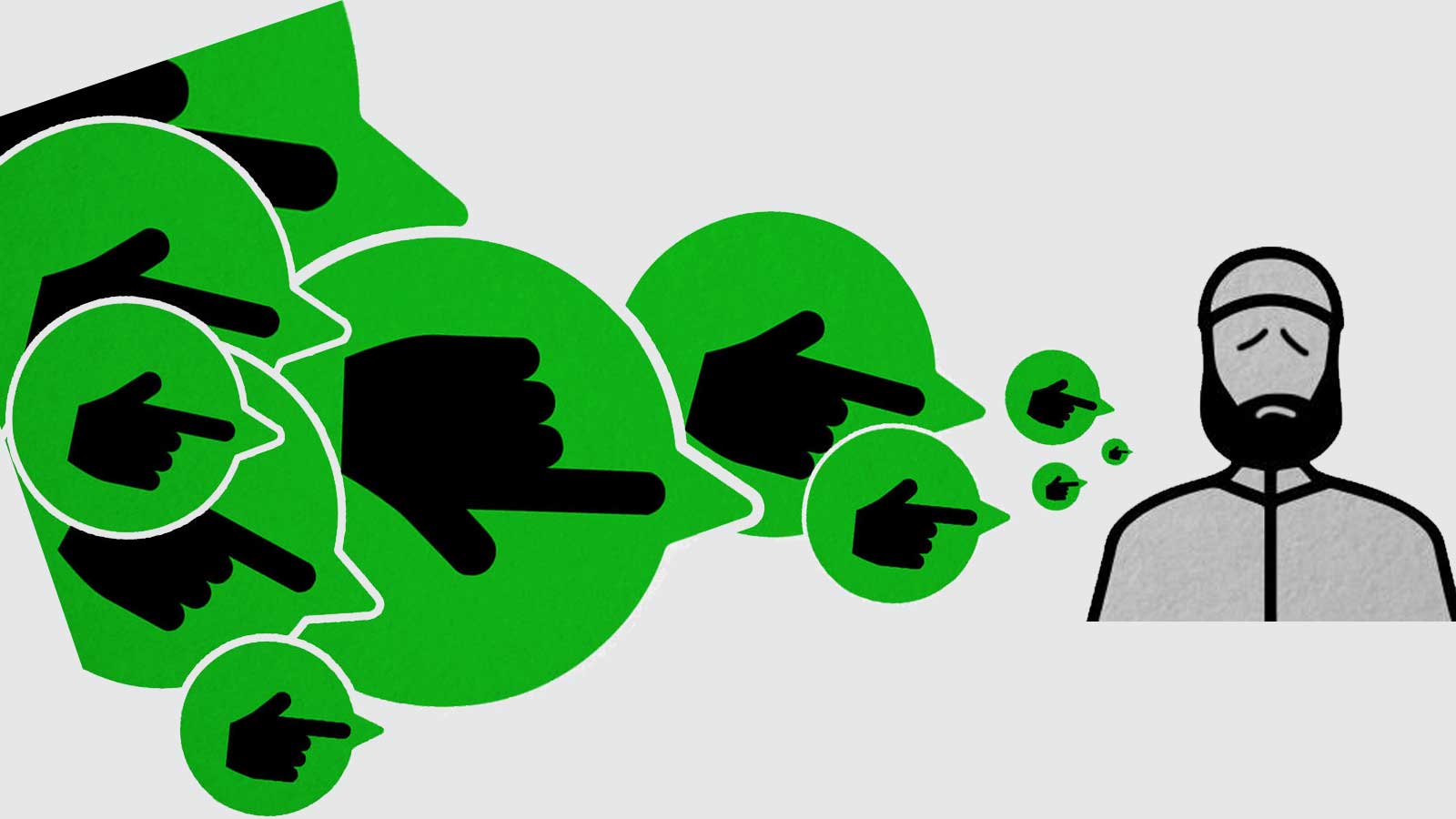
A critical report titled, Short is the Road that Leads from Fear to Hate: Fear Speech in Indian WhatsApp Groups by IIT Kharagpur’s Punyajoy Saha, Binny Mathew, Animesh Mukherjee and MIT Institute of Data, Systems and Society’s (USA) Kiran Garimella, elucidates the concept of ‘Fear Speech’ against Muslims in India.
Observing that social media platforms do play a massive role in radicalising the perpetrators of communal clashes, India is one of the 14 countries where religious minorities are constantly under attack, especially Muslims after the enactment of Citizenship Amendment Act, 2019.
Hate Speech vs Fear Speech
Since India has strict laws against Hate Speech, the report explains a “subtle way” by which readers are incited against the minority group. This is called Fear Speech which is defined as “an expression aimed at instilling (existential) fear of a target (ethnic or religious) group.” Fear is generated through spreading information about the harmful things done by the target groups (Muslims) in the past or present and mere speculation showing the target group will take over and dominate in the future.
As an example, the report differentiates between Hate Speech and Fear Speech. A sentence that categorises itself as hate speech may sound something like, “That’s why I hate Islam! See how these mullahs are celebrating. Seditious traitors!!”
Fear Speech, on the other hand, would read as, “Leave chatting and read this post or else all your life will be left in chatting. In 1378, a part was separated from India, became an Islamic nation – named Iran . . . and now Uttar Pradesh, Assam and Kerala are on the verge of becoming an Islamic state . . . People who do love jihad — is a Muslim. Those who think of ruining the country — Every single one of them is a Muslim!!!! Everyone who does not share this message forward should be a Muslim. If you want to give Muslims a good answer, please share!! We will finally know how many Hindus are united today!!”
Hate speech is broadly defined as a form of expression that “attacks or diminishes, that incites violence or hate against groups, based on specific characteristics such as physical appearance, religion, descent, national or ethnic origin, sexual orientation, gender identity or other, and it can occur with different linguistic styles, even in subtle forms or when humour is used.” It is more direct in its effect.
Fear Speech is a more indirect form of expression, where the aim is to instil fear to an extent of targeting and vilifying a particular community. It is an expression that attempts to instil a sense of fear in the mind of the readers and though it cannot be pinpointed if fear speech is the cause of the violence, it lowers the threshold to violence. Fear speech messages talk about topics such as aggression, crime, hate, fighting and negative emotions in general.
Spread of Fear Speech
The study explains the various means and tools used to promote negativity towards Muslims and portraying that they might be inciting disharmony across the nation and promote interfaith unions to “destroy” Hindu religion.
Very interestingly, the report explores the use of emojis on WhatsApp to represent ideas. The Hindutva ideologists prefer using the Bhagwa flag, bow and arrow, Trishul (trident), shankh (shell) emojis. Another set of emojis comprising pig and devil faces are used to represent Muslims in a toxic manner.
To have a deeper understanding of the topics discussed in fear speech messages, this report extensively explains the common words used with respect to certain sensitive topics. For instance, if the WhatsApp message is about ‘Love Jihad’, the keywords used in the whole text are- temples smashed, answer, rape, girls, Modi, women, book hadith, Hindu, whosoever won, work, robbery, etc.
As another instance, for the issue of Kerala riots, the messages have commonly used words like village, temple, Kerala, Quran, history, Mewat, congress, rape, Christian, Dalit, om sai, Love Jihad, come, start and Earth.
Statistically, the authors of the report have revealed that they collected data from over 5,000 such WhatsApp groups, gathering more than 2 million posts. Using this data, they manually curated a dataset of 27,000 posts out of which 8,000 posts accounted for fear speech.
They observed that the fear speech messages are re-posted by a greater number of users to more groups primarily because the users who post such messages are centrally placed in the WhatsApp network. Fear speech messages clearly fit into a set of topics relating to aggression, crime, and, violence showcasing Muslims as criminals and using dehumanising representations of them.
WhatsApp acts as a good target for bad actors who want to spread hatred towards a certain community at scale. On platforms like Twitter and Facebook, it can monitor the content posted and hence provide content moderation tools and countering mechanisms in place like suspension of the user and blocking of the post for limiting the use of harmful/hateful language. But WhatsApp is an end-to-end encrypted platform, where the message can be seen only by the end users. This makes the spread of any form of harmful content much easier.
But the report concludes that a quick Google search of the fear speech messages collected by them revealed the prevalence of the fear speech messages on Facebook and YouTube as well.
The entire report may be read here:
Related:
I have no regrets, if need be, I’d do it again: Kapil Mishra
Bengaluru based group files complaint against Anil Vij for ‘eradication’ comment
Rinku Sharma’s murder is ‘jihad’: Kapil Mishra
India under Modi is living through a Dark Age: Professor DN Jha